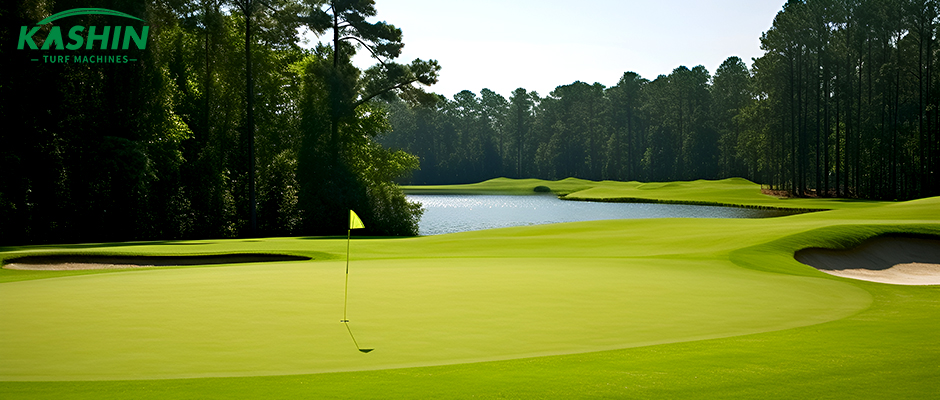1. Each herbicide has a certain weed control spectrum, and some weed control spectrums may be very narrow. For example, dimethoate is very effective in controlling sowweed and wild rapeseed, but the effect of controlling pigweed is not obvious, or it is very poor.
2. Local areas should choose effective herbicides according to the most common weed species in the local area. Caokuojing, Kuomie, Hekuojing, etc. are effective against broad-leaved weeds, while metsulfuron-methyl and chlorsulfuron-methyl (currently banned) have too long a residual period and have too great an impact on the soil and the environment. If the broad-leaved lawn (seedlings) are planted after the replacement, serious pesticide damage will occur. When there are many grass weeds in the lawn, using Caohejing, Helike, Hekejing, etc. has ideal effects.
3. Choose suitable herbicides according to different lawns. According to different classification standards, lawns can be divided into monocotyledonous lawns and dicotyledonous lawns, warm-land lawns and cold-land lawns, etc. Different types of lawns have different resistance to herbicides. We already know that the order of drug resistance of mature lawns from large to small is: Zoysia> Bermuda grass> Bluegrass> Seashore paspalum> Ryegrass> Tall fescue> Bentgrass. For example, using Grass-Kuangjing to control broad-leaved weeds in Gramineae lawns is safe for lawns; using Grass-Kuangjing to treat leguminous broad-leaved lawns is relatively safe; using Grass-Kuangjing to control Gramineae weeds in broad-leaved lawns is safe for lawns; using Grass-Kuangjing to control broad-leaved weeds in Gramineae lawns is safe, and it can also remove a variety of malignant weeds; Mesa-Kuang can control Cyperus rotundus.

4. Lawns have different resistance to herbicides at different growth stages. Transplanted lawns can use herbicides during their maturation and growth stages. For direct-seeded lawns, when using herbicides before planting, the residual period must be considered, otherwise it will affect the emergence rate of grass seeds. The use of herbicides for closed weeding before seeding after lawn sowing requires high safety of herbicides. For direct-seeded lawns after the 5-leaf stage, more herbicides are suitable.
5. The selection of herbicides for different growth stages of weeds is also very particular. Before the weeds have 5 leaves, the resistance is weak, the dosage is small and the effect is good. After 7 leaves, the dosage increases, the effect decreases, and the safety factor for the lawn decreases; in the late growth stage of weeds, especially after the weeds set seeds, the herbicide effect is even smaller.
6.Other factors: such as the drift of herbicides, the impact on other flowers in the environment; whether the residue of herbicides will affect the next crop of garden plants; environmental protection requirements, etc. In places where people, especially children, often play, such as golf courses, sports fields, park lawns, green lawns, etc., low-toxic herbicides should be used, and the number of herbicide sprayings should be as few as possible.
Post time: Dec-11-2024
